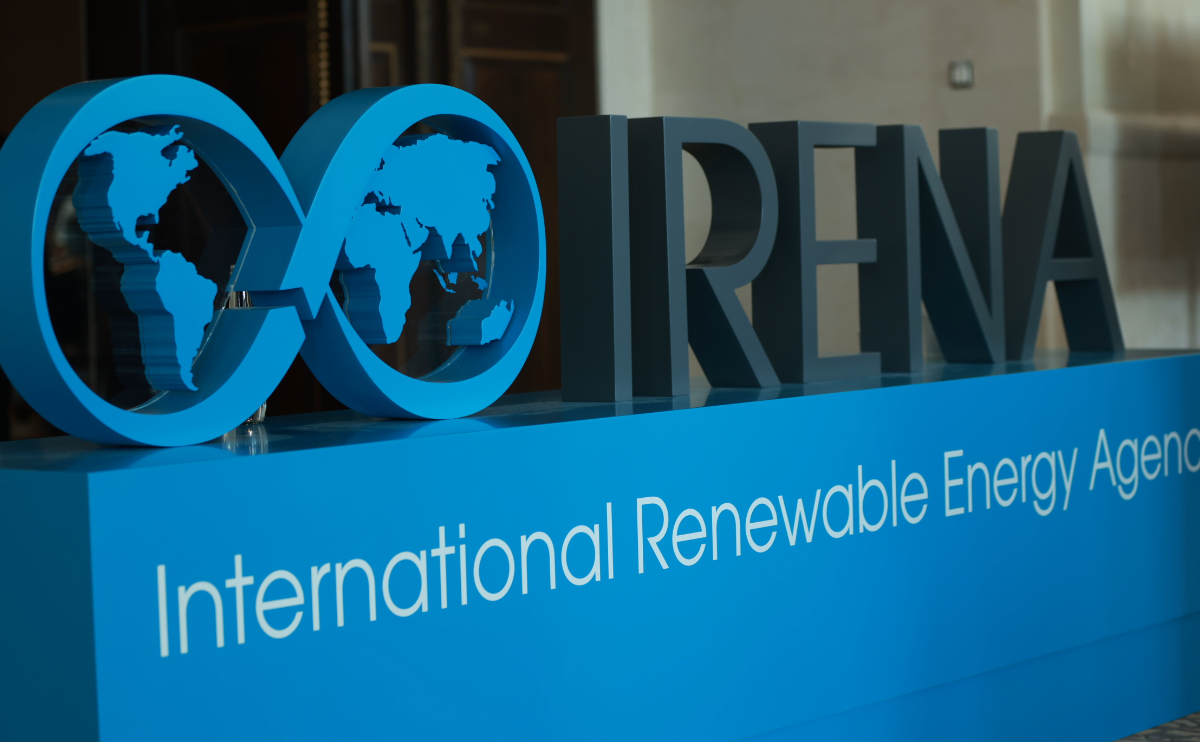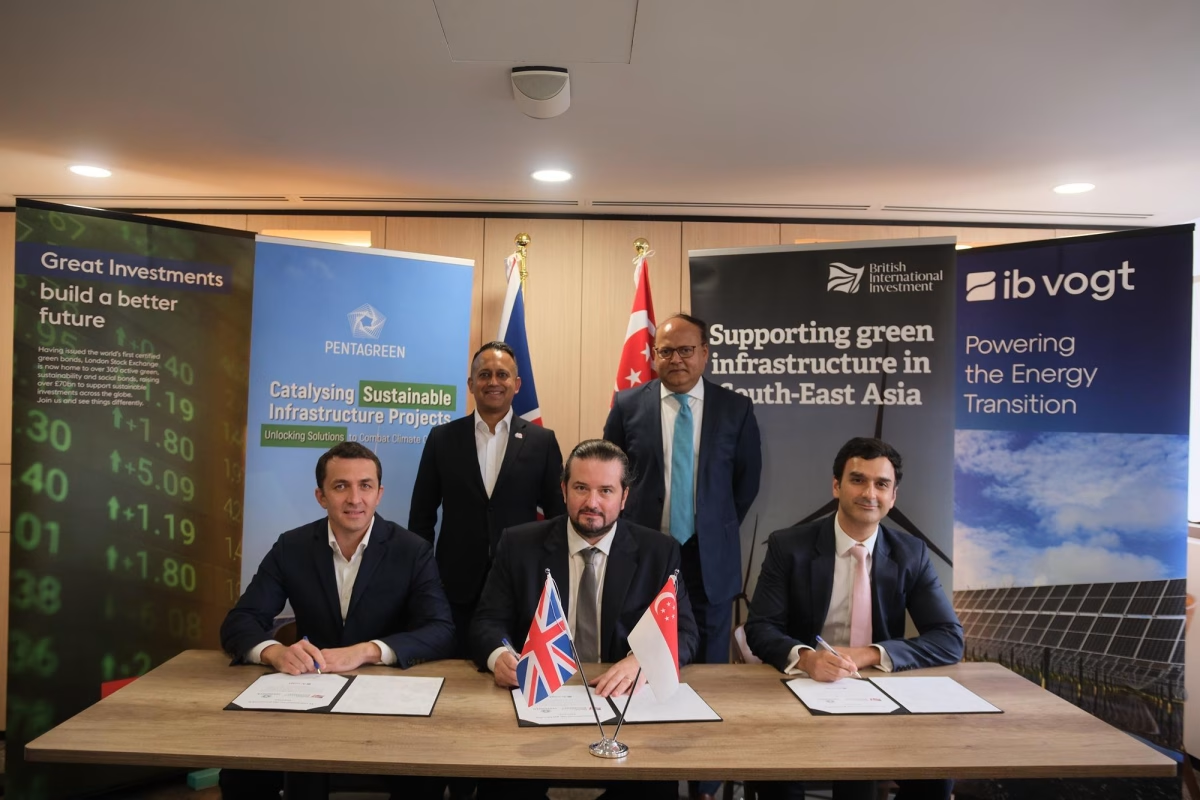
U.S. Govt announces new measures to unlock solar potential on Western public lands
June 7, 2024
Reversal of U.S. Bifacial Solar Tariff Exemption Will Bite, But Growth Expected to Continue
June 7, 2024Solar Power to Benefit Thousands of Public Housing Residents in the U.S. State of Rhode Island
SOLAR MAG Nov 10, 2021 EST (NORTH AMERICA)
Recently news arose of a fantastic new renewable energy plan in the U.S. state of Rhode Island which stands to benefit thousands of residents in public housing. Three new solar projects will be developed via a partnership between Nautilus Solar Energy (Nautilus), Veolia North America (VNA), and the Public Housing Association of Rhode Island (PHARI). This venture is the latest notable chapter in a story of an American state which aspires to make strong strides in the uptake of renewable energy, and in cutting greenhouse gas emissions accordingly.
(1) A Quick Review of Rhode Island’s Statewide Renewable Energy Ambitions
(2) The Expertise of the Stakeholders
(3) The Particulars of the Plan
(4) Renewing Hope with Solar Power
A Quick Review of Rhode Island’s Statewide Renewable Energy Ambitions
A snapshot of Rhode Island’s current renewable energy ambitions provides some context to the state’s wider dynamics alongside these new projects. In January 2020 Governor Gina Raimondo set down the goal via an Executive Order 20-01 to see renewable energy sources meet 100% of the state’s electricity demand by 2030.
With a population of just over 1 million and territorial bounds that the U.S. Energy Information Administration declares is one-third water—this bold goal by the residents of “the Ocean State” certainly won a ton of coverage, but also questions surrounding whether it’s really achievable. Of course, nobody can see into the future, and it’s true the goal has been critiqued for concerns the goal may not be reachable by the end of the decade. Yet in addition to many supporters contending the goal is indeed possible, advocates also cite the underlying importance of Rhode Island aspiring to be the first state in the country to hit this target. Subsequently, Ms. Raimondo resigned from her role as the state’s leader in March 2021 to take up a new role as U.S. Secretary of Commerce. Since replacing Ms. Raimondo, Governor Dan McKee has presided over the passage of the Act On Climate law, ultimately signing into law in April 2021 the legislation which requires the state to reach net-zero greenhouse gas emissions by 2050.
The Expertise of the Stakeholders
As aforementioned, this plan brings together three major partners in Nautilus, VNA, and PHARI. Each of them brings significant expertise to it. In operation since 2006, Nautilus maintains ownership of solar projects throughout their entire lifecycle, and is wholly owned by the global multi-platform alternative asset manager Power Sustainable. The asset manager has a long-term investment approach, and one that is focused on sustainable strategies. VNA has over 7,000 staff and 250 locations across North America, with its worldwide operations boasting over 178,000 staff! Residing in this group is SourceOne, VNA’s energy consulting company which has been an energy advisor to PHARI for more than a decade. Notably, in 2020 the (global) Veolia Group generated almost 43 million megawatt-hours, and recycled 47 million tonnes of waste. As a not-for-profit, PHARI’s core duties are in advocacy and education surrounding public housing in Rhode Island. Incorporated in 1977, PHARI’s work also goes beyond housing exclusively, with an aspiration to help residents of public housing enhance their economic independence.
The Particulars of the Plan
This plan will see three solar panel fields constructed, located primarily in the towns of Exeter and Smithfield, with their total size exceeding 55 acres in all, with the arrays set to provide in excess of 20 million kWh of electricity.
Once in operation, solar power will be delivered to nine different housing authorities across the state—in Cranston, Bristol, Lincoln, North Providence, Newport, Providence, Smithfield, Warwick, Warren; and via this avenue, thousands of low-income residents will receive their electricity via solar power sources. The work of Nautilus, VNA and PHARI in these projects will deliver guaranteed savings, with the expectation over the next twenty years around US $30 million will be saved. Nautilus will have the responsibility of overseeing construction, in addition to the ongoing management, and long-term performance maintenance for the life of the projects, which is presently estimated at 25 to 30 years.
Renewing Hope with Solar Power
Although any solar enthusiast will rightfully be excited by what benefits these projects bring from a tech perspective, there are of course also immense social benefits that shall arise once they are brought online. Robert Coupe, PHARI co-president and executive director of the Cranston Housing Authority, provided a clear-cut insight into these upon the announcement of these projects. “Our partnership with Veolia North America/SourceOne and Nautilus will dramatically reduce utility costs for many years to come, freeing valuable resources to invest in property maintenance, facility improvements and operational support”, said Mr. Coupe.




